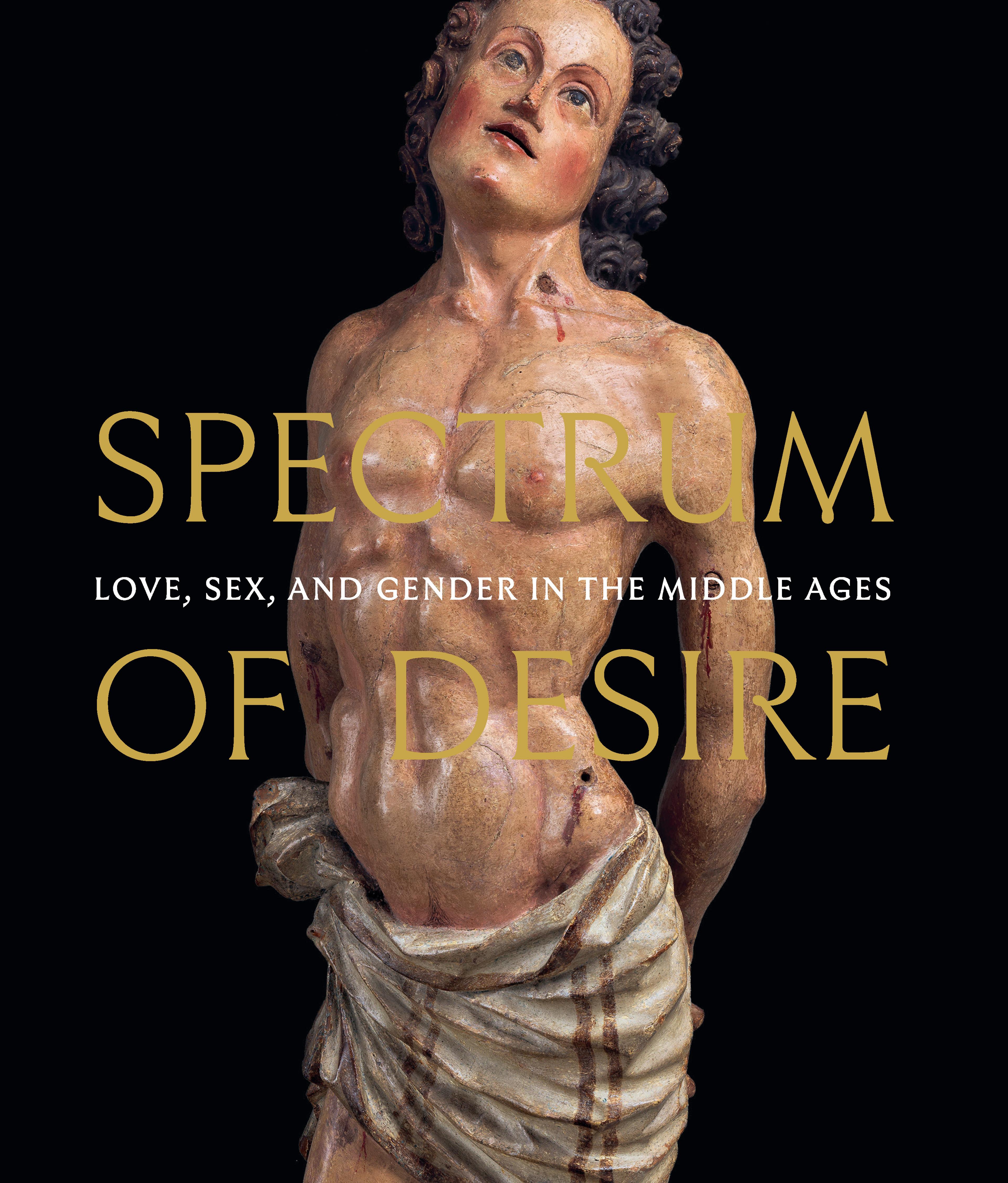Two Riddles of the Queen of Sheba
Although the Bible states that the Queen of Sheba posed difficult questions to Solomon, their content, not specified in the biblical text, comes from eastern folklore. Here the queen asks Solomon how to tell the boy from the girl in a look-alike pair and the real flower from an identical artificial flower. Solomon replies that the girl will catch the apple in the lap of her dress and the bee will go only to the real flower. The figure of Solomon shows the influence of the Upper Rhenish engraver Master E.S. The unusual and extensive use of Ghiordes knot in the costumes and in the hair of Solomon is thought to be characteristic of Strasbourg workshops.
Please note that this object is exhibited on a rotating basis, due to conservation requirements.
Please note that this object is exhibited on a rotating basis, due to conservation requirements.
Artwork Details
- Title:Two Riddles of the Queen of Sheba
- Date:ca. 1490–1500
- Geography:Made in Strasbourg, Upper Rhineland, Germany
- Culture:Upper Rhenish
- Medium:Linen warp; wool, linen and metallic wefts
- Dimensions:31 1/2 in. × 40 in. (80 × 99.7 cm)
Plexi Mount: 35 1/2 × 43 × 2 5/8 in. (90.2 × 109.2 × 6.7 cm) - Classification:Textiles-Tapestries
- Credit Line:The Cloisters Collection, 1971
- Object Number:1971.43
- Curatorial Department: Medieval Art and The Cloisters
More Artwork
Research Resources
The Met provides unparalleled resources for research and welcomes an international community of students and scholars. The Met's Open Access API is where creators and researchers can connect to the The Met collection. Open Access data and public domain images are available for unrestricted commercial and noncommercial use without permission or fee.
To request images under copyright and other restrictions, please use this Image Request form.
Feedback
We continue to research and examine historical and cultural context for objects in The Met collection. If you have comments or questions about this object record, please contact us using the form below. The Museum looks forward to receiving your comments.
